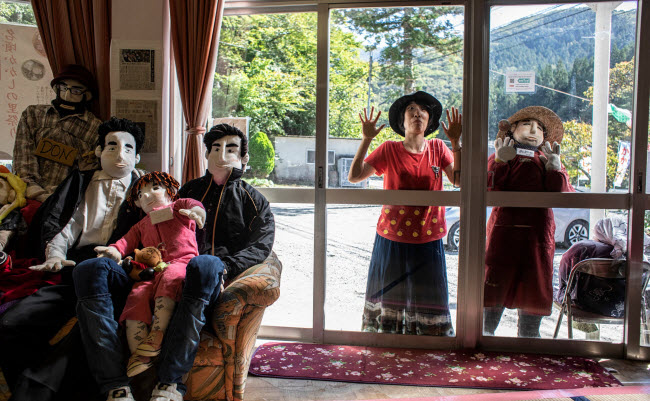All around the world, villages are known for their unique customs, traditions, and the way of life of their inhabitants. But only a few stand out and become tourist attractions. One such village is Nagoro, located in Tokushima Prefecture on the island of Shikoku, Japan. This village is famous for its unusual feature: it is home to over 400 dolls scattered across its streets and buildings, outnumbering its human residents. The dolls were created in an attempt to revive the village, which has seen a sharp decline in population due to the death of elderly residents and the migration of younger generations to cities in search of jobs. This led one local woman to come up with the idea of filling the streets with dolls, earning Nagoro the nickname “Village of Dolls.”
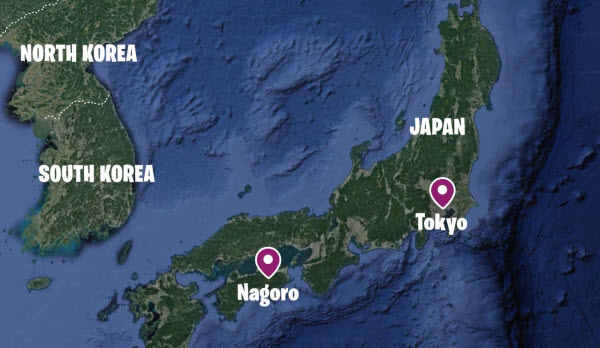
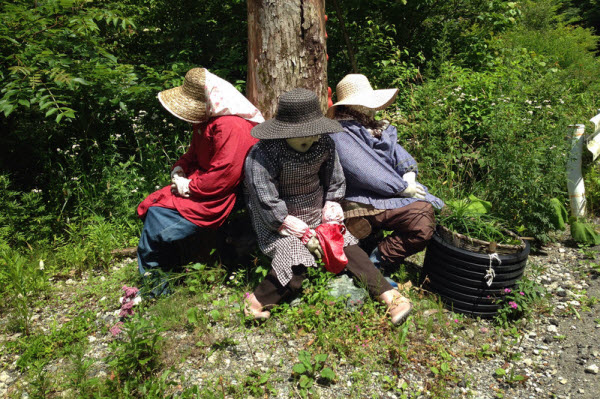
Like many rural areas in Japan, Nagoro faces the challenge of population decline, a problem that negatively affects both the economy and the community. However, Nagoro’s situation is unique. Walking through its streets, it appears as though no one has left. Each doll represents a villager who has either passed away or moved to the city. A local official once told a tourist that the dolls had even been added to the village’s population records, each with a detailed description, making it seem as if the dolls had breathed new life into the village.
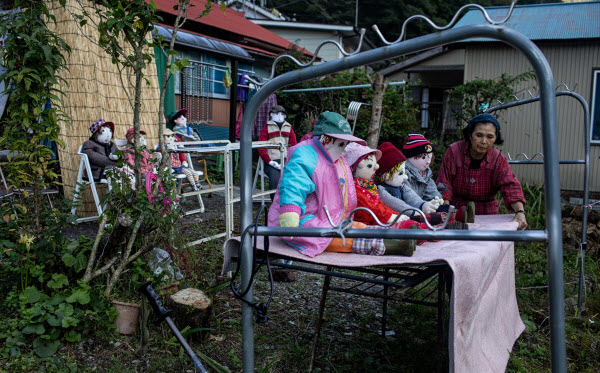
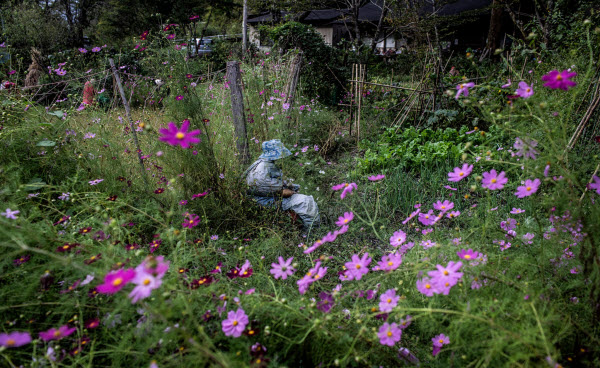
The idea of the “Village of Dolls” began in 2001 when Tsukimi Ayano, a former resident of Nagoro, returned after spending most of her life in Osaka, Japan’s third-largest city. Upon her return, she was shocked to find that the village, once home to 300 residents, had dwindled to just 30 people. Saddened by the departure or death of many residents, Tsukimi was inspired to create life-sized dolls to fill the village. This idea came about by accident when she made a scarecrow for her garden, humorously modeled after her late father, even dressing it in his old clothes. Her neighbors commented on how much it resembled her father, and some began greeting it. Over time, Tsukimi herself felt that every time she looked at it, it seemed as if her father was standing outside, ready to work the fields early in the morning.
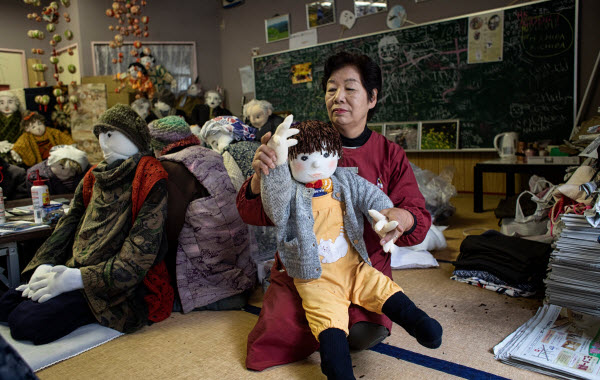
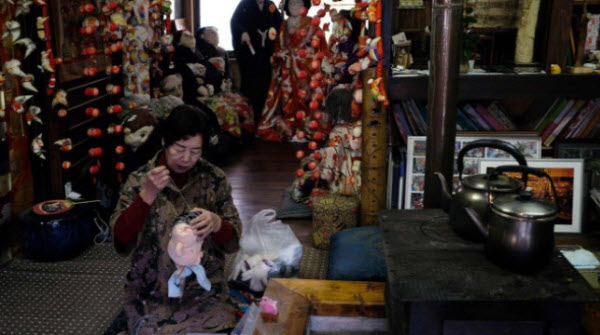
As time went on, the villagers admired Tsukimi’s work and encouraged her to continue making more dolls. She honed her skills, learning new techniques to bring her creations to life. To cope with the loss of the village’s population, she decided to create dolls representing villagers who had either passed away or moved. Today, over 400 dolls, made from old clothes, newspapers, fabric, and straw, fill the village. She constantly replaces old dolls that have worn out due to weather and time, and she finds crafting the mouths to be the most challenging part of the process since the lips are key to making the dolls’ expressions appear realistic.
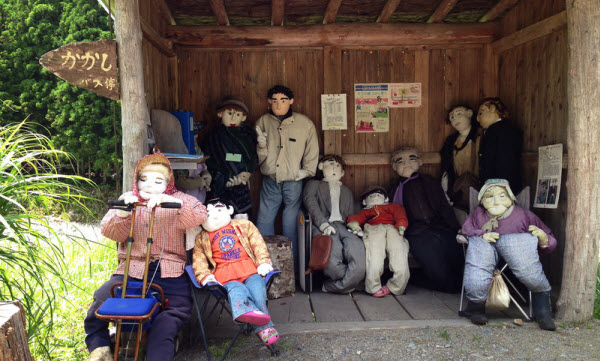
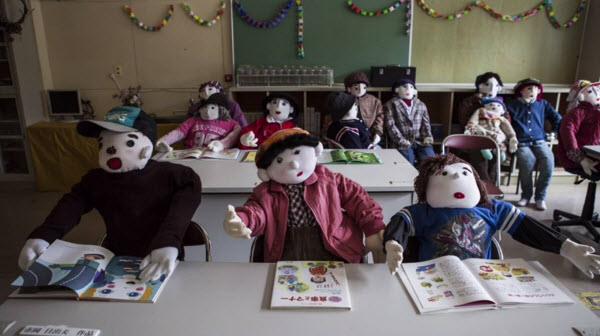
In nearly every corner of the “Village of Dolls,” you can find these creations: some stand at bus stops, others tend to the fields, while a few lounge in the streets. Some residents even host weddings for a pair of dolls, dressing them in formal attire. Though most of the dolls are placed outdoors, some can be found inside buildings. In 2012, the local elementary school closed due to the lack of students, as the few remaining children had transferred to a neighboring town’s school. In response, Tsukimi Ayano filled the empty school with dolls that resemble both students and staff. This once-abandoned building now hosts a group of “students” eagerly awaiting the start of the new school year. Some of these dolls were even made by the village children during home economics class, dressed in the same uniforms they wore at the time.
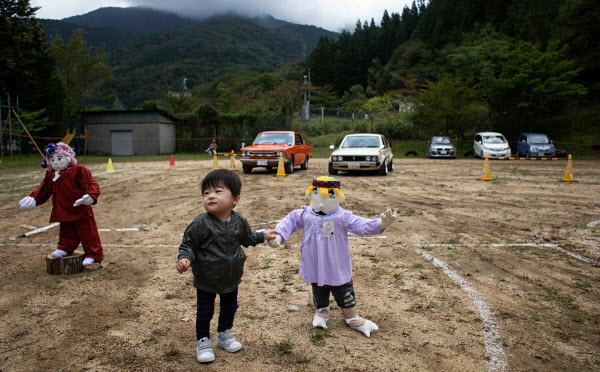
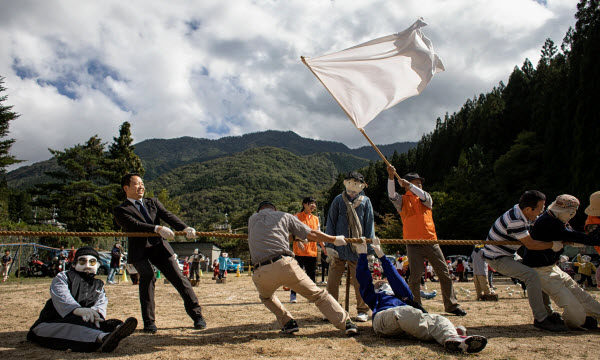
Due to its uniqueness, the “Village of Dolls” has become a tourist attraction, bringing new energy and life to the area. Visitors can even explore the village virtually via Google Earth. However, some of the remaining human residents, who treat the dolls as if they were real people, occasionally feel uncomfortable with tourists coming to see the place. Therefore, visitors are always advised to show respect for the villagers, ensuring that everyone can enjoy their time in this extraordinary location.
